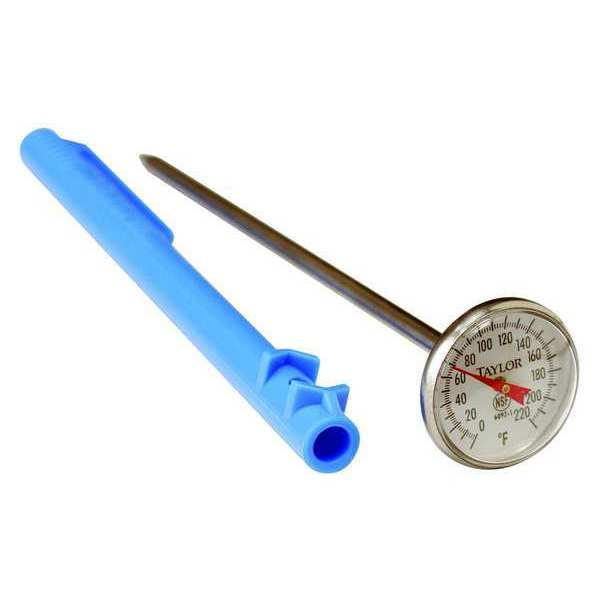Time and temperature abuse accounts for an estimated 2/3rds of foodborne illness. It makes good sense to keep temperature logs with a high quality calibrated food thermometer. Check temperatures every 2 hours so any problems can be corrected before the 4 hour deadline.
Often a new bi-metallic thermometer will need calibration right out of the box. Laws usually require calibration across the intended range of use. So, unless measurements are restricted to a small range of cold or hot temperatures, calibration must be done on both the cold and hot ends of use, usually 32 and 212 degrees F. The textbooks say to use crushed ice and water (50/50 mix) for the 32 degree F. benchmark and boiling water (ouch!) for the 212 degree F. hot end benchmark. Then, repeat calibration after any jolt to the thermometer or extended time of use. There are number of other factors also need to addressed like Impact of Listeria on health and its control plan.
How many of us have time to do all of that? And, how many have a crushed ice machine and want to risk burning their fingers calibrating in boiling water? Solution? Investigate a good quality digital thermometer. For 15-20$ you can find a good quality product – just be sure to buy one with proper specifications (+/- 2 degrees F. accuracy – beware, some digital thermometers do not meet that requirement)
Finally, any bimetallic thermometer measures at the dimple in the stem – this makes measurements difficult in a thin cut of food. Digital units do not have this restriction. Be more conscious and aware about the Food safety solutions and training.

